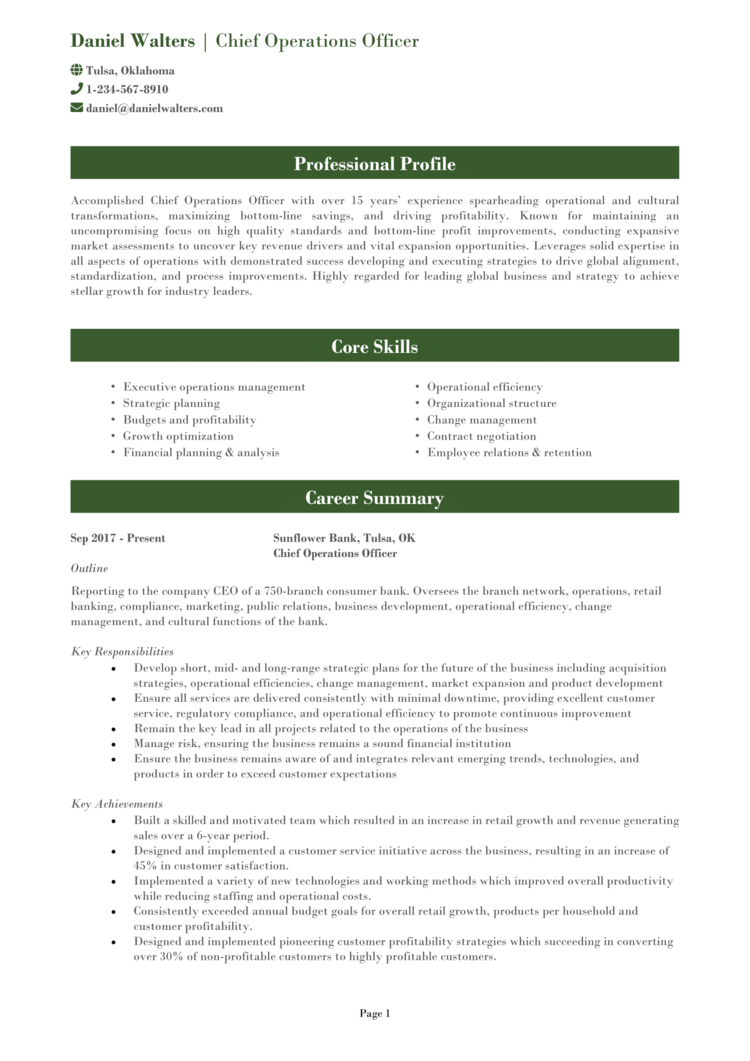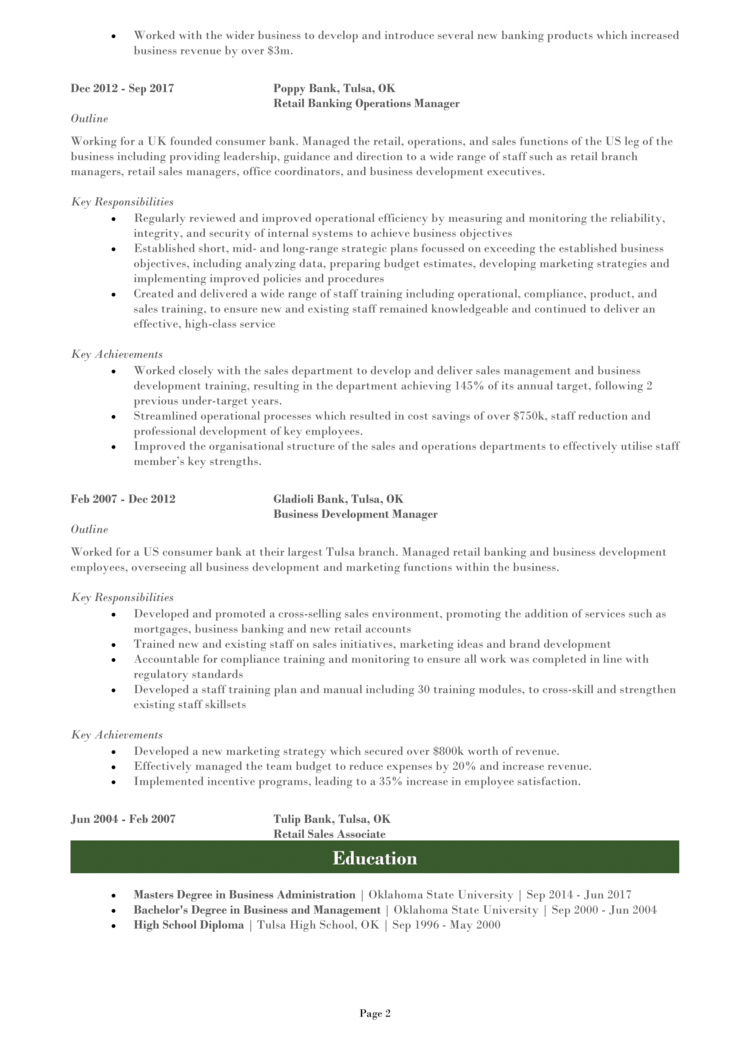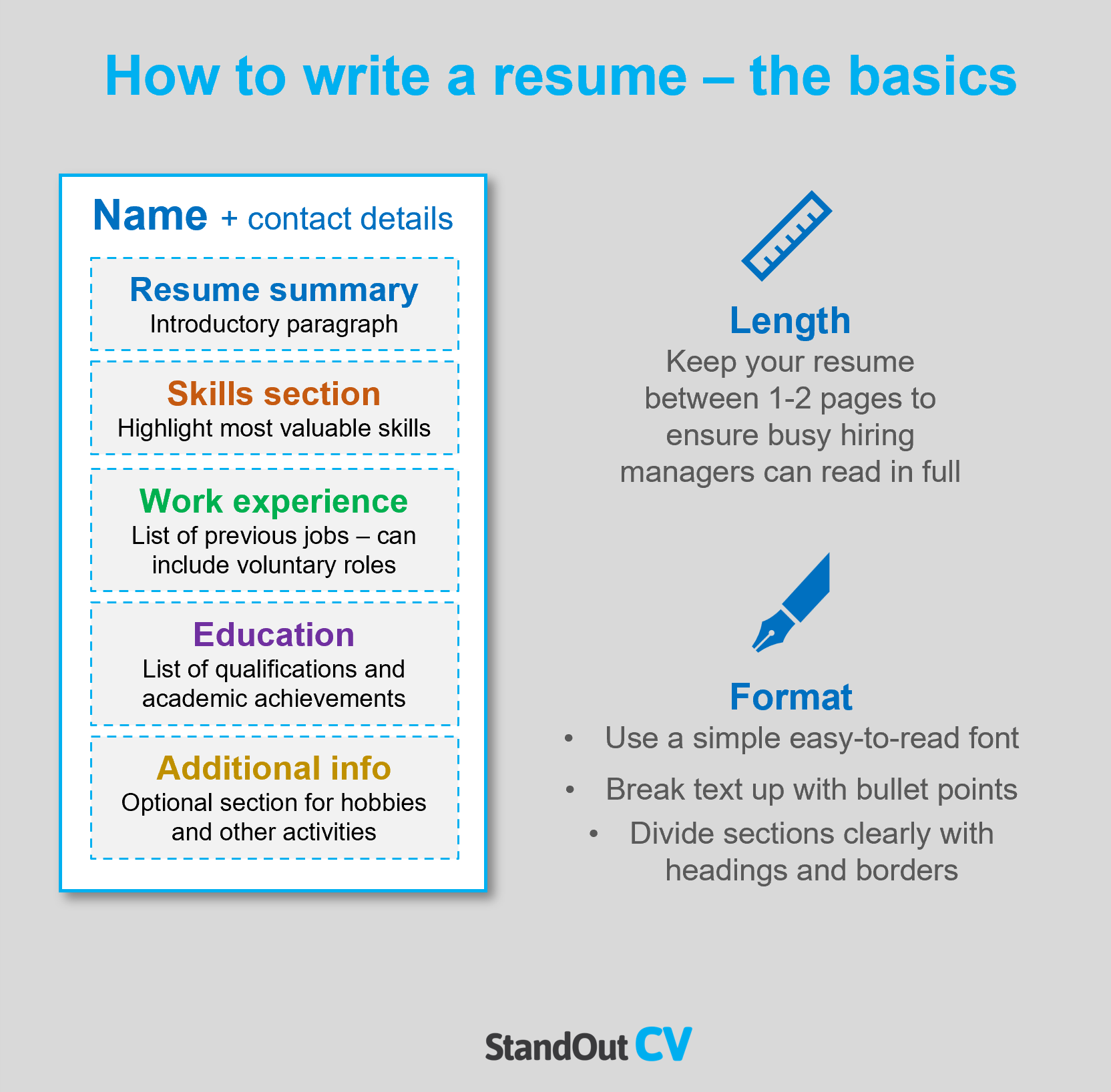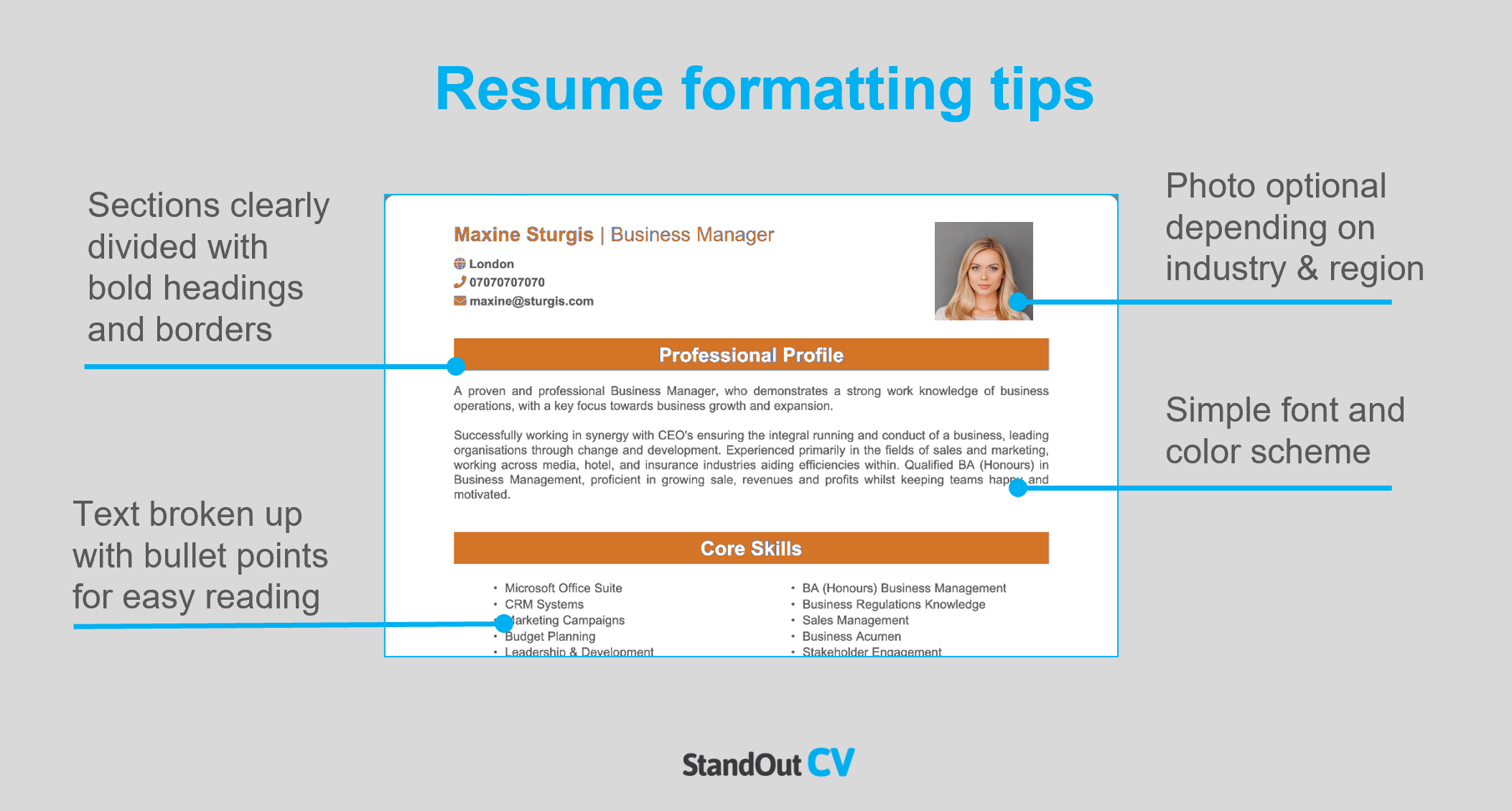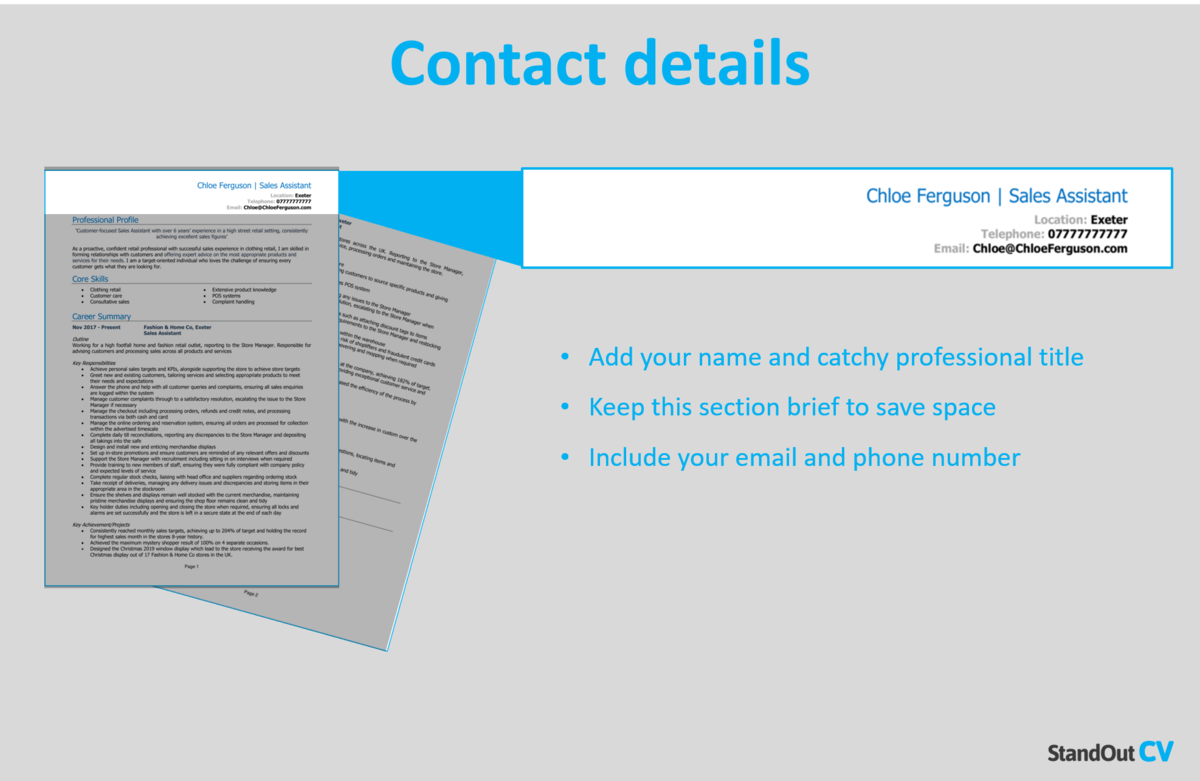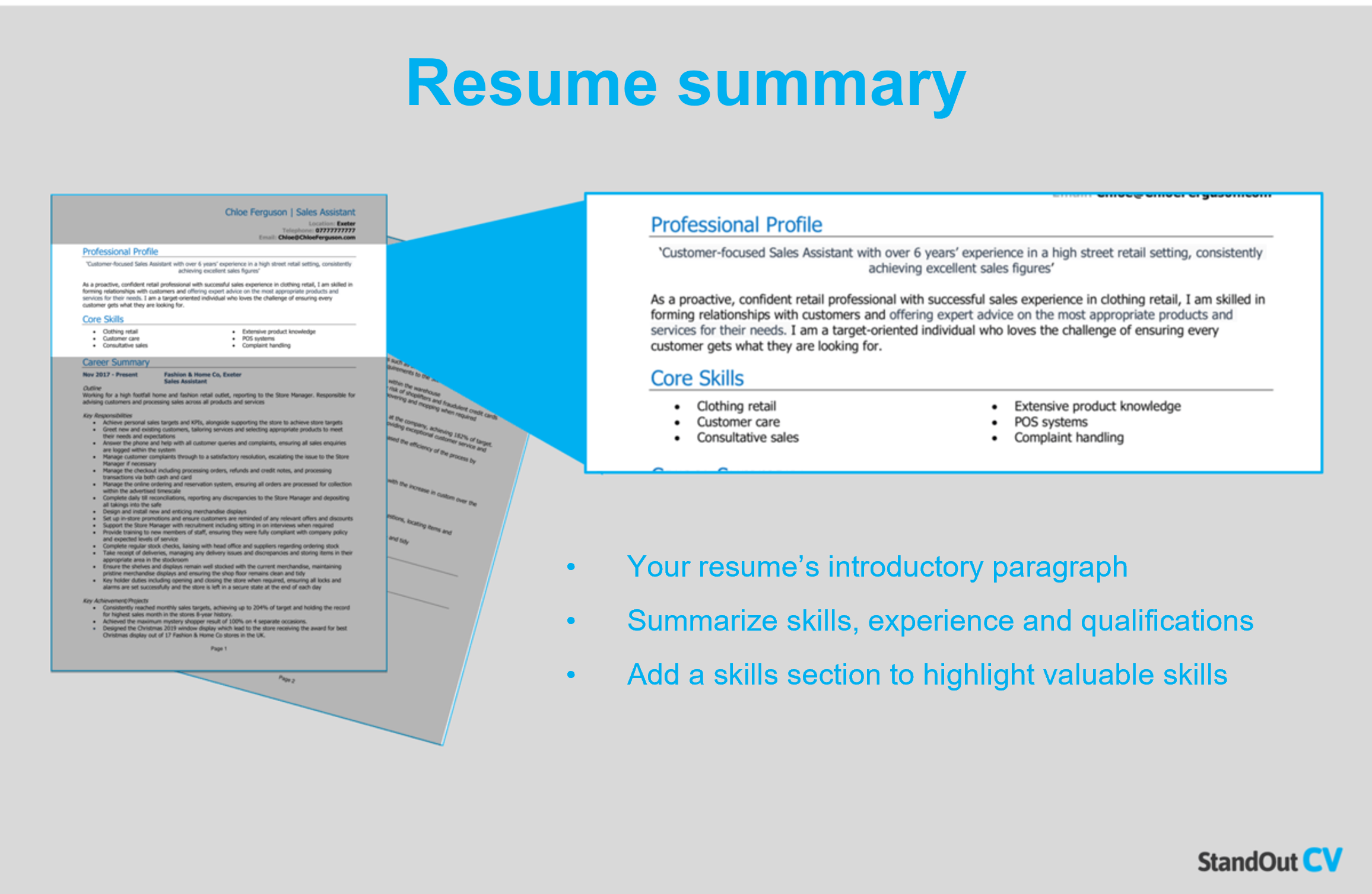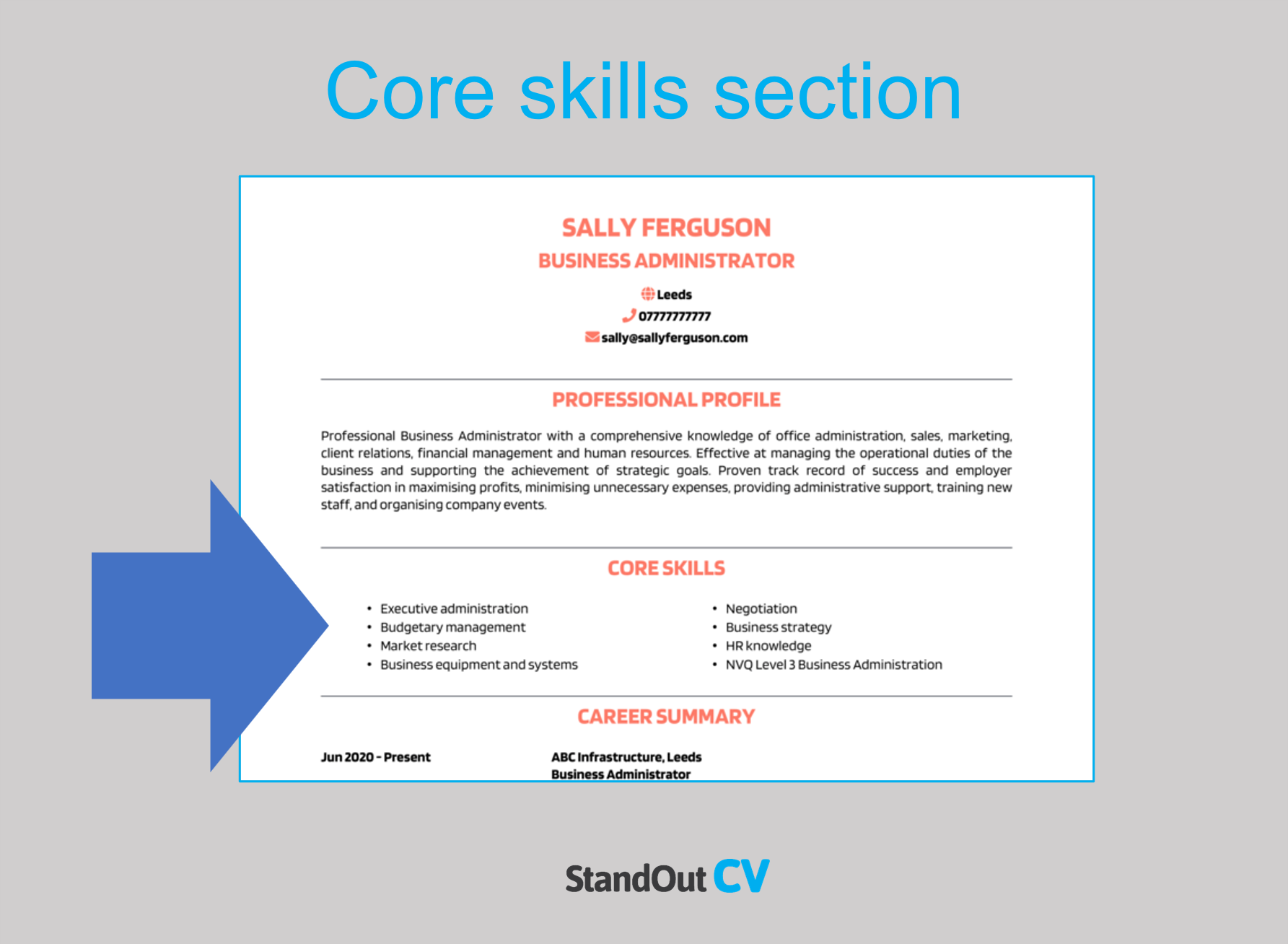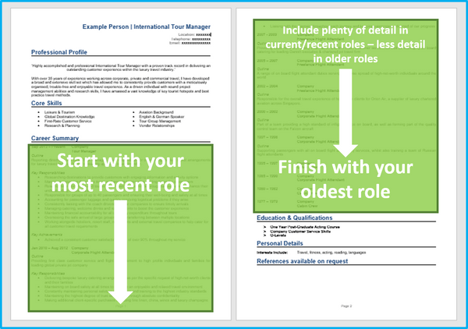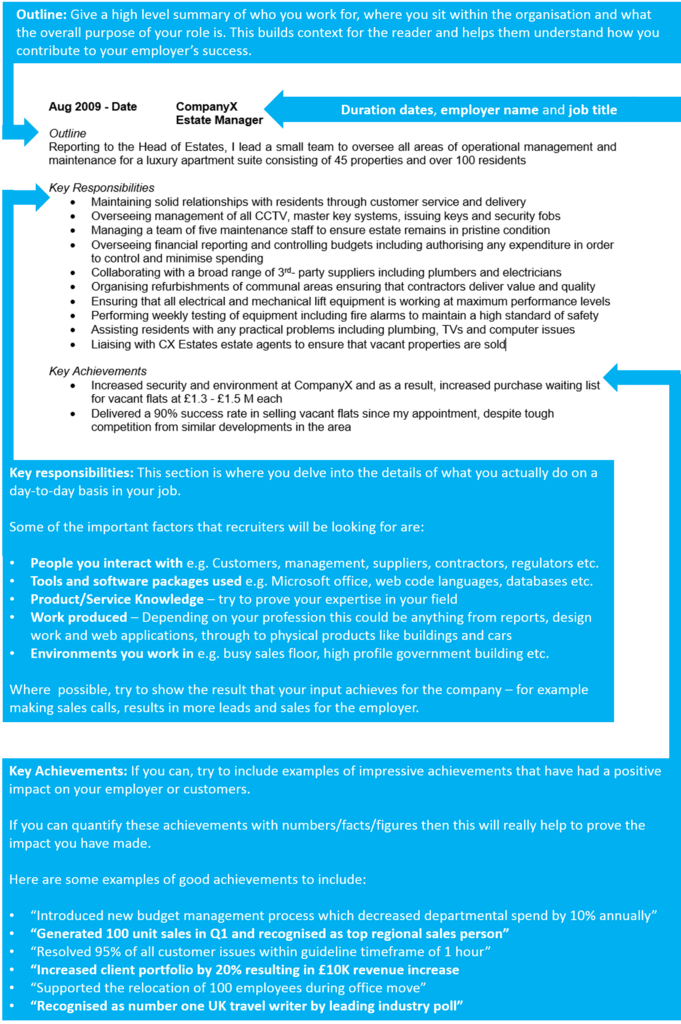In order to be a successful chief operations officer (COO), you must be an agent for change. You need to be organized, strategic, and prepared to understand every detail of the day-to-day running of the business.
But how can you prove to recruiters that you’ve got what it takes?
You need a strong resume, of course! To help you achieve this, check out our chief operations officer resume example below, along with our resume-writing guide.
Contents
|
Chief Operations Officer Resume Example (COO)
The example Chief Operations Officer resume above shows you how a professional resume should look, along with the type of content it should contain.
You’ll notice that the information is well organized across the page, and its easy for busy hiring managers to spot the candidate’s important skills.
Keep this in mind as you write your own resume.

Chief Operations Officer resume layout and format
Formatting is often overlooked when writing resume, but it’s a crucial element of it”s success.
Creating a document that not only looks good, but is easily comprehended, is the key to gaining and holding the attention of busy hiring managers.
Use these formatting tips for best results.
Tips for resume formatting
- Length: Think that submitting a 10 page resume will impress recruiters? Unfortunately it won’t… Even if you’ve got tons of experience to brag about, recruiters don’t have time to read essays, so keep it brief – around 2 pages is the sweet spot.
- Font and text: Simplicity and a pleasant reading experience are crucial if you want to highlight your most valuable skills to recruiters. Use a clear font (avoid fancy ones) and break up the text in your resume with bullet points to ensure information can be easily consumed.
- Design & structure: Hiring managers should be able to skim through your resume easily and pinpoint the information they want quickly. To help them do this, organize the page into clear sections with bold headings and dividing borders. The design should be clutter-free and professional-looking, with a calm color scheme.
- Photos and images: In the USA adding a photo to your resume is optional – you don’t have to do it, but it can be a nice way to get your personality across.
Quick tip: Formatting a resume to look professional can be difficult and time-consuming. If you want to create an attractive resume quickly, try our quick-and-easy Resume Builder and use one of their eye-catching resume templates.
Resume layout
Organize the document into these sections when you write your resume.
- Name and contact details – Employers need to know how to get in touch with you – so list your email and cell phone number here.
- Resume summary – An intro paragraph at the top of the resume which summarizes your suitability for target jobs.
- Skills section – A bullet-pointed list of your most relevant skills and knowledge.
- Work experience – A list of your previous jobs (or at least the most relevant and recent ones)
- Education – Add academic and professional qualifications that prove you can carry out the job
- Additional info – If they are relevant to the jobs you are applying for, you can add an extra section for things like hobbies and interests.
Now, here’s what to include in each of these sections in your resume.
Resume Contact Details
Make it easy for hiring managers to contact you by adding your contact details to the top of your resume.
Keep this section small to save space and include the following.
- Name and profession title
- Telephone number – Ideally your cell phone so you can answer quickly.
- Location – Add your general location such as LA or New York
- Email address – Use a professional looking one with no nicknames.
You can add a link to your LinkedIn profile if you have one – you do not need to include personal details like date of birth or marital status.
Chief Operations Officer Resume Summary
Start your resume with a bang by adding a powerful summary to the top, summarizing your most valuable skills and experience.
This short paragraph is your chance to show recruiters why you are a perfect fit for the job and encourage them to read more of your resume.
Top tips for creating an effective resume summary:
- Keep it brief: Attention spans are short in the job market, so keep your summary brief and high-level at around 4-7 lines – This is just enough to catch the eye of rushed hiring managers.
- Tailor it: Ensure your profile makes an impact by matching it closely to the requirements of the job description, copying as many key terms as possible.
- Avoid cliches: You may be a “team player who always give 110%” but generic phrases don’t tell employers much about you in reality – stick to factual information.
Example resume summary for Chief Operations Officer
What to include in your Chief Operations Officer resume summary?
- Summary of your experience: What kind of companies have you worked for in the past? And which jobs have you carried out?
- Relevant skills: Include your skills which are hyper relevant to Chief Operations Officer jobs to instantly show your suitability.
- Important qualifications: Showcase your level of education with a quick mention of any qualifications that are essential for the Chief Operations Officer roles you are applying to.
Quick tip: Choose from hundreds of pre-written summaries across all industries, and add one to your resume with one click in our quick-and-easy Resume Builder. All written by our recruitment experts and easily tailored to suit your unique skillset.
Core skills section
Underneath your summary, write a core skills section to make your most relevant skills jump off the page at readers.
It should be made up of 2-3 columns of bullet points of your relevant skills.
Before you do this, look over the job description and make a list of any specific skills, specialisms or knowledge required.
Then, make sure to use your findings in your list. This will paint you as the perfect match for the role.
Best skills for your Chief Operations Officer resume
Operational efficiency – implementing strategies to reduce waste in time, effort and materials, while still producing a high-quality service or product.
Strategic planning – defining the organizations vision for the future and identifying clear goals and objectives.
Change management – implementing strategies for effecting change, controlling change and helping the wider business to adapt to change.
Growth optimization – finding and implementing methods that will improve the company’s efficiency and reduce costs, to optimize growth opportunities.
Contract negotiation – utilizing a variety of skills to reach a legally binding agreement, ensuring the terms set out are as favourable as possible for both parties, with as little risk as possible.
Financial planning & analysis – planning, forecasting, budgeting, and analysing financial information to support the company’s major business decisions and overall financial health.
Quick tip: Our quick-and-easy Resume Builder contains thousands of in-demand skills for every profession that can be added to your resume in seconds – saving you time and greatly improving your chances of landing job interviews.

Resume work experience section
Once you’ve hooked the hiring manager with your summary, you can really blow them away with you work experience.
List your previous jobs from newest to oldest to show the impact you made at each organization.
If you have years of experience, you can leave out some of the older jobs, and if you have little/no experience, you can bulk this section up with voluntary work and college placements.
Structuring your job descriptions
Without a good structure, your job description can look messy and overwhelming to anyone reading them.
Make it easy for recruiters to read your work experience by structuring your roles like this.
Job outline
Begin each job with a short summary of who the organization is, where you sit within it, and what the main goal of your position is.
Key responsibilities
List your notable responsibilities in short sharp bullet points to demonstrate your input and how you contributed to the organization’s success.
Highlight the skills that are most important to the roles you are applying for.
Key achievements
Finish each role by highlighting some impressive achievements you made whilst in the role.
Anything that benefited the employer can be included from making financial savings, to winning new customers.
Quantify your achievements with facts and figures if you can, e.g. “reduced call wait time by 10%”
Example job for Chief Operations Officer resume
Outline
Reporting to the company CEO of a 750-branch consumer bank. Oversees the branch network, operations, retail banking, compliance, marketing, public relations, business development, operational efficiency, change management, and cultural functions of the bank.
Key Responsibilities
- Develop short, mid- and long-range strategic plans for the future of the business including acquisition strategies, operational efficiencies, change management, market expansion and product development
- Ensure all services are delivered consistently with minimal downtime, providing excellent customer service, regulatory compliance, and operational efficiency to promote continuous improvement
- Remain the key lead in all projects related to the operations of the business
- Manage risk, ensuring the business remains a sound financial institution
Quick tip: Create impressive job descriptions easily in our quick-and-easy Resume Builder by adding pre-written job phrases for every industry and career stage.
Education resume section
Near the end of your resume add your education section
Experienced candidates should keep it brief and focus on professional qualifications – and junior candidates can include high school diplomas, college degrees etc.
Additional info for your resume
If you have anything else to add which is relevant to the jobs you are applying for, the additional info section is the place to add it.
Perhaps you have a hobby which involves relevant skills, or maybe you have some awards or publications worth mentioning.

Writing your Chief Operations Officer resume
Following the steps in this guide will help you to create a winning Chief Operations Officer and bag lots of interviews.
If you want some more help through the process, try our quick-and-easy Resume Builder for expert guidance and tons of pre-written resume content.
Good luck with your job search!
